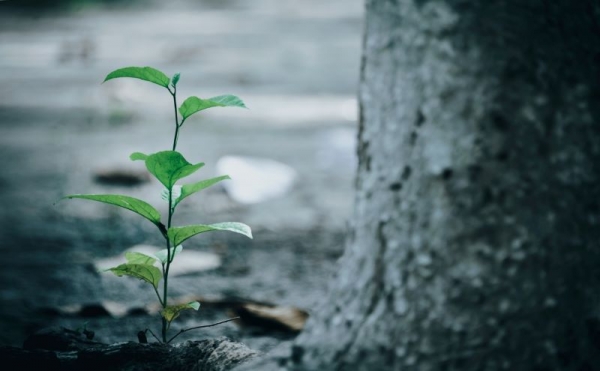Zero Waste: St. Columba's Environment Committee

St. Columba's has taken the next big step in its goal to become a zero waste church. In the good company of many major organizations (Subaru, GM, Microsoft, DuPont), St. C's has adopted zero waste as a guiding principle for our waste management, but for Zero Waste to be more than just an aspiration, we need everyone to take part!
What is Zero Waste? It’s the intention to send nothing to a landfill. We reduce what we need, reuse as much as we can, send little to be recycled, and compost the rest.
Did you know?
All waste can be separated into one of three categories:
1. Compost
2. Recycle
3. Landfill
Look around and you will see new zero waste stations throughout our building. (Thank you, Environment Committee!) Each station consists of a set of color-coded, labelled bins marked: “Compost” (green), “Recycle” (blue) and “Landfill” (black or gray).
So what exactly goes where?
Each station has helpful visuals demonstrating what goes where.
The half-eaten doughnut? Compost. Same with the coffee grounds. The green stripe cups, paper plates, wooden stirrers, utensils and napkins that St. C’s provides? Compost. (Beware of non-compostable items, such as plastic cups without a green stripe, left by caterers.)
Compost (Green)
This bin is for food waste and other organic material that will break down — thank God for worms and microbes! — and can be returned to the earth as nutrient-rich, beautiful, life-giving soil.
Recycle (Blue)
This bin is for items that will be sorted and re-processed and made into something useful again. This is probably the most familiar of the bins; this is where you throw your newspaper, soda can, cereal box, wine bottle, cardboard, aluminum foil, plastic bottles and clam shells, etc. What might NOT be familiar is that recycling AT HOME in the District is what’s called “single stream.” There’s no need to separate paper from glass from whatever – it all goes into the same bin. As easy as pie!
The St. C's service bulletin? The used office paper? The plastic soda bottle? Recycle, recycle, recycle. Any plastic with the triangular recycle symbol on it goes in “Recycle” (after all food or liquids are removed).
Landfill (Black or Gray)
This is the bin for items that have to be dumped in a landfill, the bin we want to keep as light as a feather. If it can’t be washed and reused, composted, or recycled, it goes here. If we’re careful and thoughtful, when you throw something in the Landfill bin, you should almost hear an echo.
What do we hope to achieve?
Will this take longer? Maybe initially, but only marginally! It will soon become second nature. Will we be perfect? As if! Remember ... Every journey begins with a single step.
Why are we doing this again? The average American sends 4.4 lbs. of trash to the landfill every day. Landfills are toxic. And a lot of trash never even makes it to the landfill – it ends up on the roadside and in the ocean. It ends up in our drinking water.
We live in a disposable society where we don't value our belongings, and we consume too many resources. As Christians, we’re called on to be the change we wish to see in the world. Zero waste is one more way we demonstrate living out our Christian commitment. Making the oceans cleaner. Reducing greenhouse gases. Living lightly on the earth. Feeling more connected to God's great creation!
Information prepared by Jeff Moore and Jeanne McCann, members of the St. Columba's Environment Committee. St. Columba's Environment Committee provides opportunities for caring for God’s holy creation: to preserve, protect, restore, enjoy and heal the planet; to live ecologically, both as individuals and as a church.